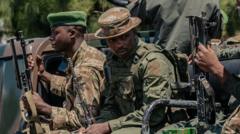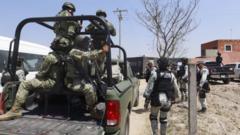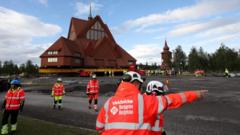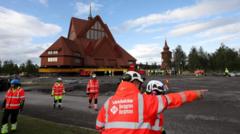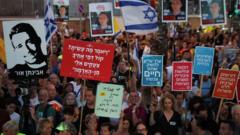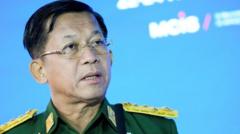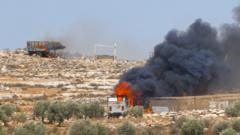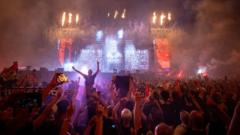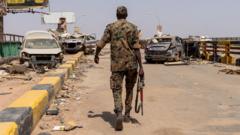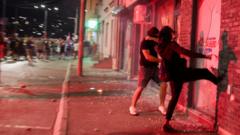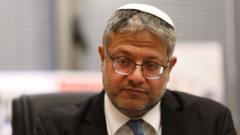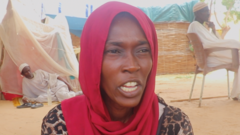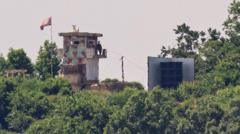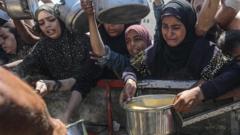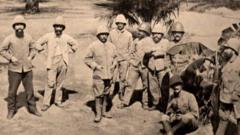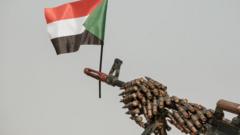This article delves into the fears and challenges faced by the Druze community in post-war Syria, highlighting personal experiences of violence and eroding trust in the state.
Druze Community in Syria Faces Increasing Isolation and Distrust Amid Rising Sectarian Violence
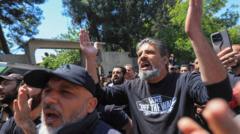
Druze Community in Syria Faces Increasing Isolation and Distrust Amid Rising Sectarian Violence
Concern mounts among Druze in Syria as their safety is threatened by recent sectarian strife and government neglect.
As the echoes of gunfire fade in the once-bustling streets of Ashrafiyat Sahnaya, the Druze community has been left grappling with lingering fear and uncertainty. On one harrowing day in April, resident Lama al-Hassanieh sheltered in her bathroom, listening to the menacing cries of armed assailants claiming jihad against the Druze. The attackers, obscured in military garb, instilled a sense of doom as they patrolled her neighborhood.
The Druze, whose beliefs stem from a unique synthesis of Islamic teachings and local traditions, have traditionally occupied a delicate space within Syria’s fractured political landscape. Historically, under President Bashar al-Assad's authoritarian grip, many Druze aligned with the regime, hoping to secure protection amid the broader civil war's chaos. Their allegiance allowed them to form militias that safeguarded their enclaves against Sunni extremist factions who branded them as heretics.
However, the removal of Assad's power by Sunni Islamist rebels has unsettled this fragile equilibrium, leading to intensified fears of abandonment and targeting. Recent violence, such as assaults on Druze neighborhoods and incendiary rhetoric from students and militia members, has escalated tensions, with a staggering 137 fatalities recorded amid sectarian clashes fueled by sensational misinformation.
Fragmented by distrust, the answer to the escalating violence appears complex, with the Syrian government asserting that anti-Druze violence is the work of independent outlaws, not indicative of state policy. Yet, as noted by pharmacy students like Lama Zahereddine, the violence extends beyond physical attacks; it permeates social interactions, creating a toxic environment where even classmates express apathy towards their suffering.
In a desperate bid for self-defense, Druze volunteers like Hadi Abou Hassoun attempt to restore security, but they face unpredictable hostilities, leaving many feeling more vulnerable than ever. As external pressures mount and alliances shift, trust in governance and societal structures erodes significantly.
With the sounds of airstrikes echoing yet again, the Druze grapple with questions of identity and belonging. They call for accountability, yearning to be recognized as equal citizens, not mere minorities in a fractured society. As conflicts simmer beneath the surface, the prospect of unity seems elusive, prompting the Druze community to seek safety and recognition in an uncertain future.

